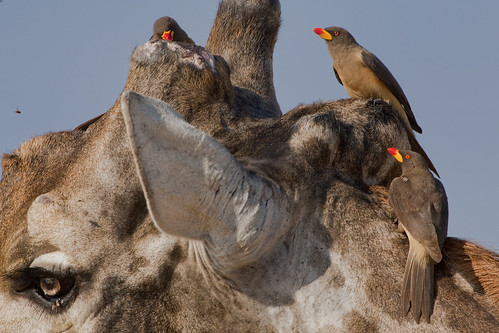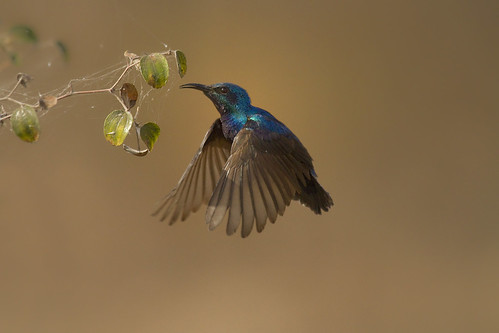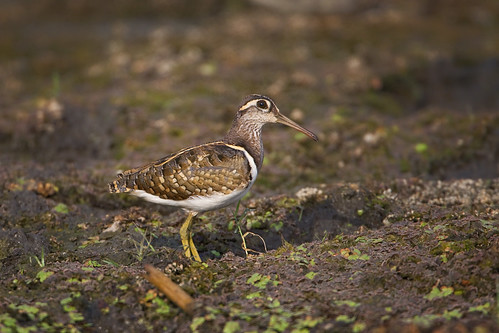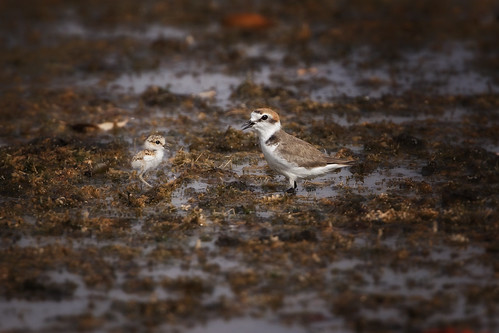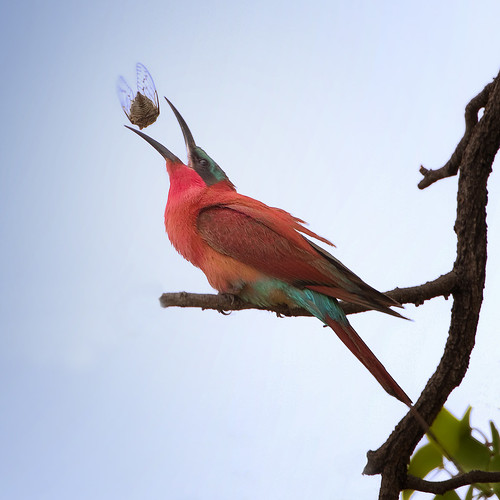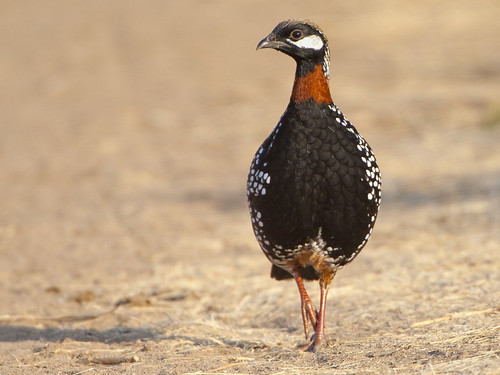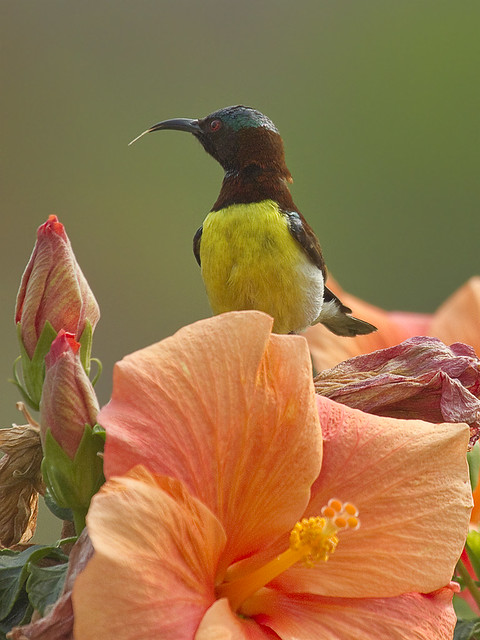
Not a very photogenic species today but a very important one ecologically. The African White-backed Vulture (Gyps africanus)
The white-backed vulture (Gyps africanus) is an Old World vulture in the family Accipitridae, which also includes eagles, kites, buzzards and hawks. It is closely related to the European griffon vulture, G. fulvus. Sometimes it is called African white-backed vulture to distinguish it from the Oriental white-backed vulture—nowadays usually called white-rumped vulture—to which it was formerly believed to be closely related.
The white-backed vulture is a typical vulture, with only down feathers on the head and neck, very broad wings and short tail feathers. It has a white neck ruff. The adult’s whitish back contrasts with the otherwise dark plumage. Juveniles are largely dark. This is a medium-sized vulture; its body mass is 4.2 to 7.2 kilograms (9.3–15.9 lb), it is 78 to 98 cm (31 to 39 in) long and has a 1.96 to 2.25 m (6 to 7 ft) wingspan.
Like other vultures it is a scavenger, feeding mostly from carcasses of animals which it finds by soaring over savannah. It also takes scraps from human habitations. It often moves in flocks. It breeds in trees on the savannah of west and east Africa, laying one egg. The population is mostly resident.
As it is rarer than previously believed, its conservation status was reassessed from Least Concern to Near Threatened in the 2007 IUCN Red List.[5] In 2012 it was further uplisted to Endangered. In 2013 it is further uplisted to Critically Endangered.
